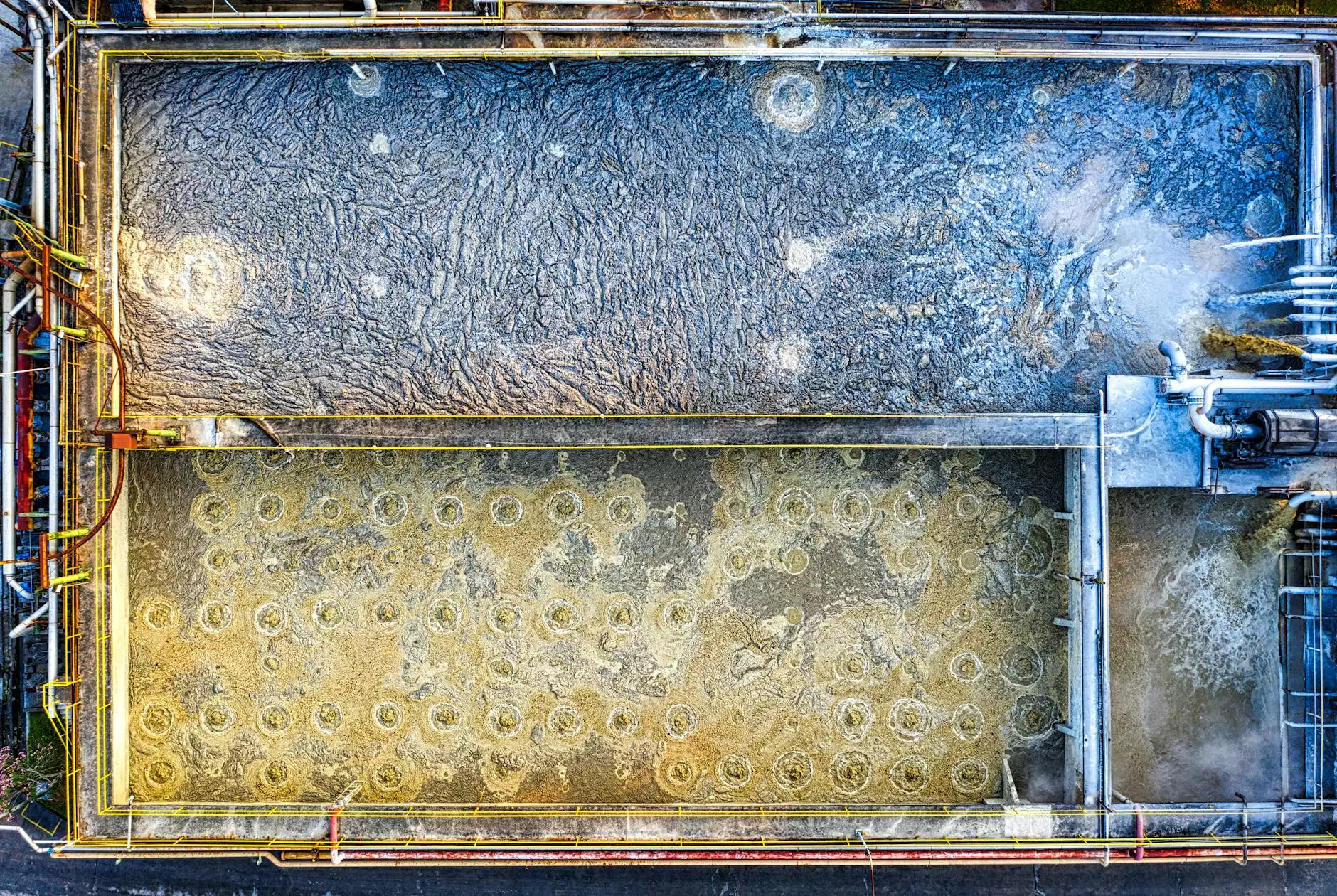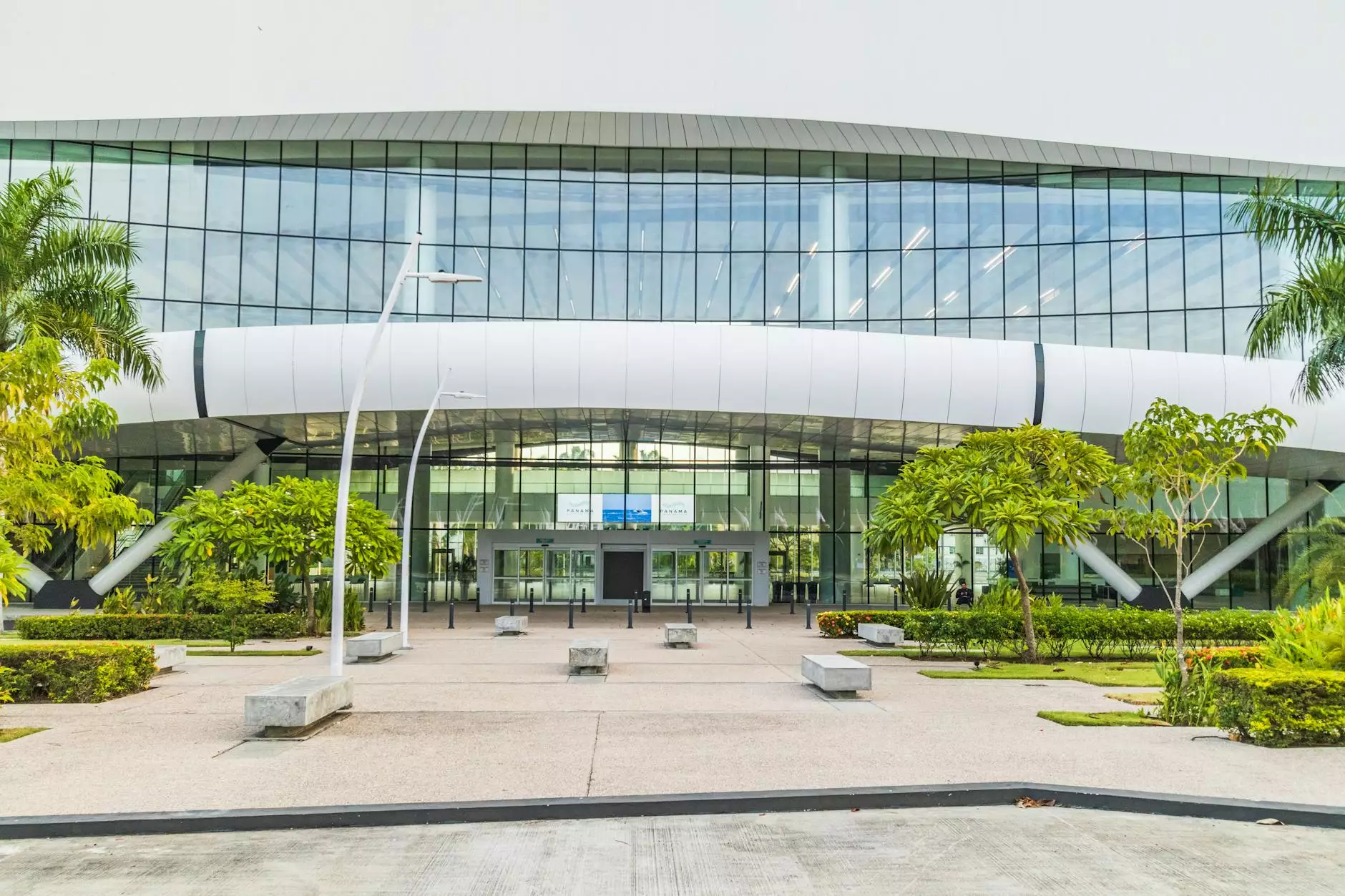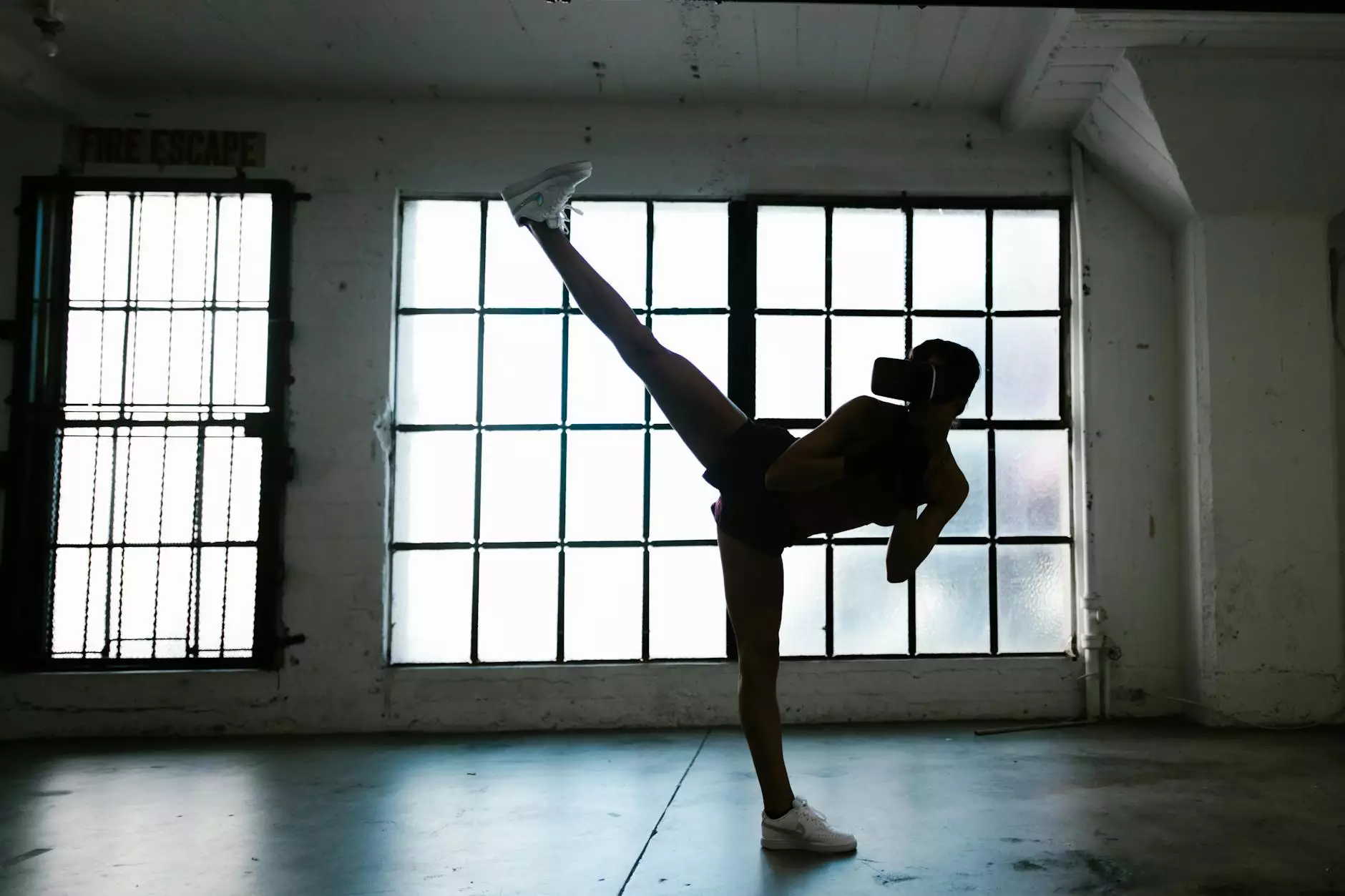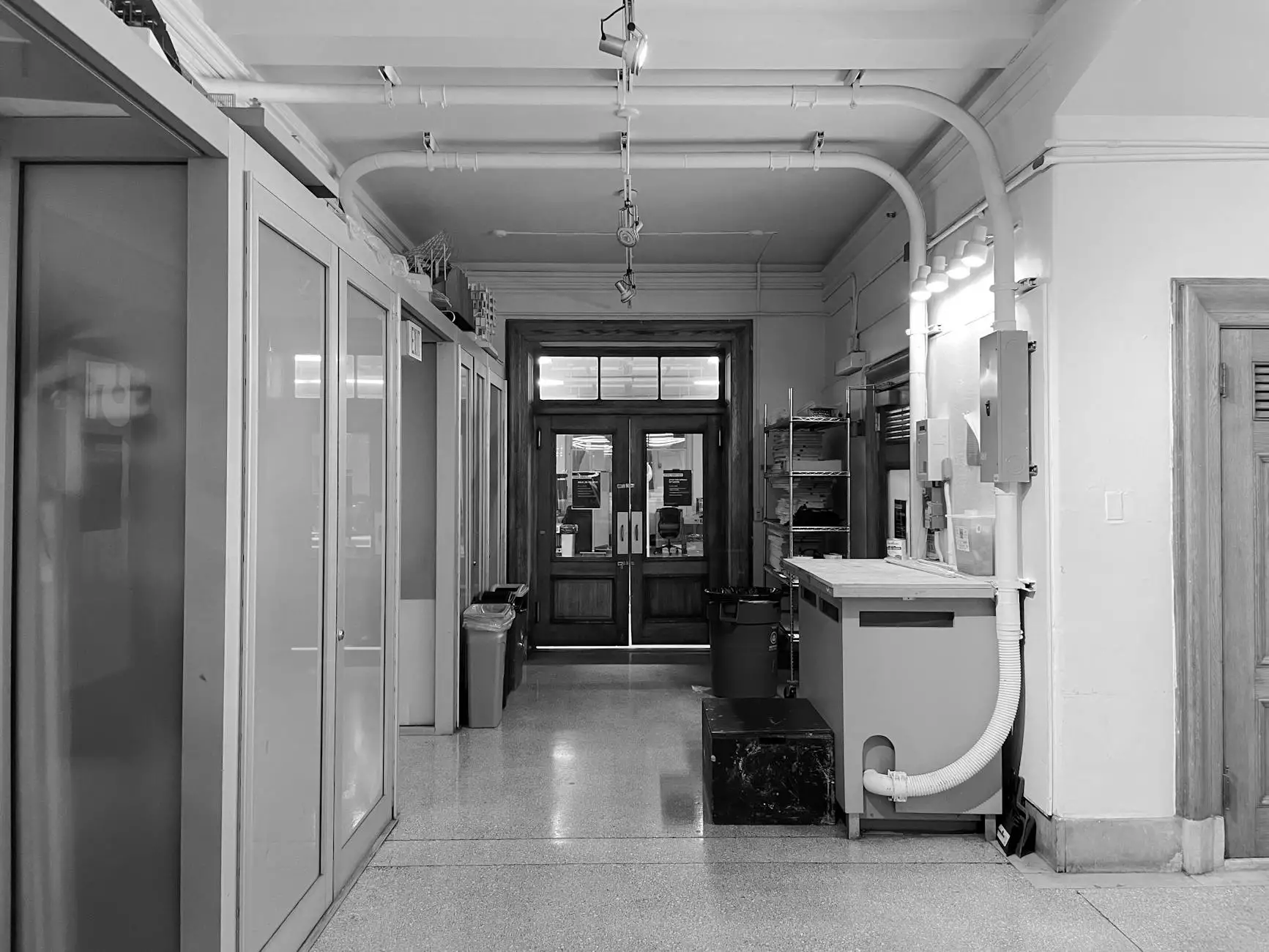Postnatal Pilates for Diastasis Recti: A Comprehensive Guide
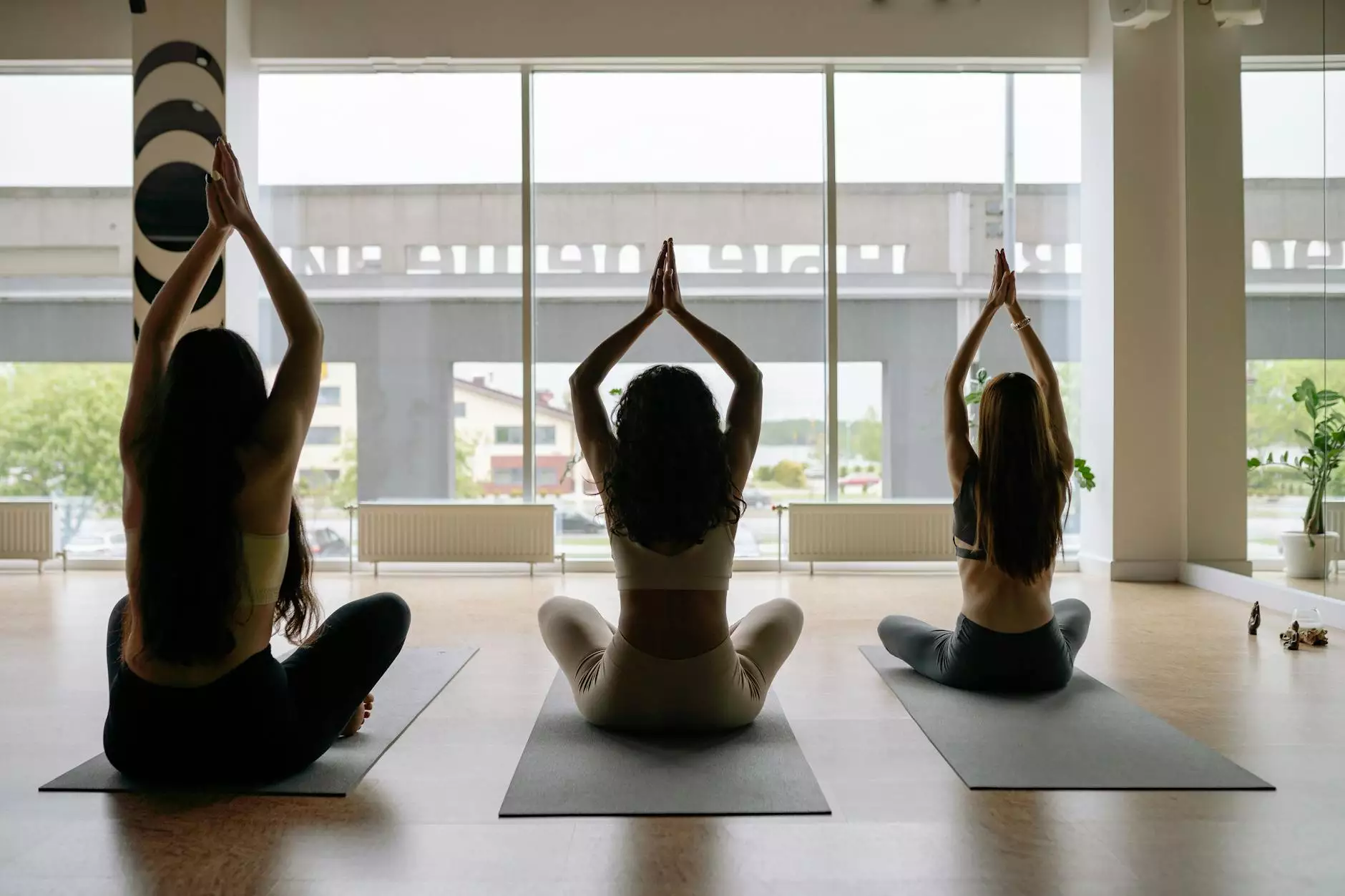
Childbirth is a beautiful journey, but it also comes with its own set of challenges. One common condition affecting new mothers is diastasis recti, a separation of the abdominal muscles that occurs during pregnancy. This condition can lead to various issues, including weakened core strength and changes in posture. However, postnatal pilates is a gentle yet effective approach that can help women recover from diastasis recti effectively. In this article, we will delve into the significance of postnatal pilates, its benefits, and how it can be an integral part of a new mother's recovery journey.
Understanding Diastasis Recti
Diastasis recti is characterized by the separation of the left and right sides of the rectus abdominis muscle, which is commonly referred to as the "six-pack" muscle. During pregnancy, the expanding uterus stretches these muscles and the supporting connective tissue, leading to a gap that can cause various implications for a mother’s physical health.
The Causes of Diastasis Recti
- Pregnancy: The primary cause, as the growing uterus applies pressure on the abdominal wall.
- Genetics: Some women are more predisposed genetically to develop this condition.
- Multiple Pregnancies: Carrying multiples increases the risk of diastasis.
- Obesity: Higher body weight may lead to greater abdominal pressure.
- Poor Posture: Slouching or improper body mechanics can contribute to the condition.
Recognizing Symptoms
Many women are unaware they have diastasis recti until postpartum. Here are some common signs to look out for:
- A visible bulge or 'pooch' along the midline of the abdomen.
- Difficulty engaging the core muscles.
- Lower back pain.
- Pelvic instability or discomfort.
- Postpartum abdominal weakness.
The Role of Postnatal Pilates in Recovery
Postnatal pilates focuses on strengthening the core muscles while promoting overall body awareness and alignment. It offers a safe, low-impact exercise regimen that supports recovery from diastasis recti. Let’s explore why this practice is particularly beneficial.
Benefits of Postnatal Pilates
- Core Strengthening: Pilates emphasizes core stability, which is crucial for postpartum recovery.
- Muscle Re-Education: Helps retrain the abdominal muscles to engage correctly.
- Improved Posture: Pilates promotes awareness of body mechanics, aiding in better posture.
- Enhanced Flexibility: Gentle stretching helps alleviate tension in tight muscles, promoting overall flexibility.
- Supportive Environment: Classes specifically designed for postpartum women create a supportive and understanding atmosphere.
Effective Postnatal Pilates Exercises for Diastasis Recti
Incorporating pilates into your routine can greatly assist in the recovery from diastasis recti. Here are some effective exercises that can help:
1. Pelvic Tilts
This foundational exercise helps engage the deep core muscles and strengthen the pelvic floor.
- Lie on your back with your knees bent and feet flat on the floor.
- Gently flatten your lower back into the mat by tilting your pelvis upward.
- Hold for a few seconds, then return to the starting position. Repeat for 10-15 repetitions.
2. Abdominal Drawing-In Maneuver
This technique is excellent for reconnecting with your core.
- Start in a seated or lying position.
- Inhale deeply, expanding your belly.
- As you exhale, draw your belly button in toward your spine.
- Hold for a few counts, then release. Repeat for 10-12 repetitions.
3. Cat-Cow Stretch
This yoga-infused exercise encourages flexibility and mobility in the spine.
- Start on all fours with your wrists under your shoulders, and knees under your hips.
- Inhale, arch your back and look up (Cow). Exhale, round your spine and tuck your chin (Cat).
- Move between these positions smoothly for 6-8 cycles.
4. Bridge Exercise
The bridge exercise strengthens the glutes and lower back while engaging your core.
- Lie on your back with your knees bent and feet shoulder-width apart on the ground.
- Press through your heels to lift your hips toward the ceiling.
- Hold for a couple of seconds, then lower back down. Repeat for 10-15 repetitions.
Tips for Practicing Postnatal Pilates Safely
While postnatal pilates can be incredibly beneficial, it is essential to practice safely to prevent further injury. Here are some tips to keep in mind:
- Consult a Professional: Always check with your healthcare provider before starting any new exercise regimen, especially post-pregnancy.
- Start Slow: Begin with gentle movements and gradually increase intensity as your body allows.
- Focus on Form: Quality of movement is more important than quantity; ensure correct alignment throughout all exercises.
- Listen to Your Body: If something feels painful or uncomfortable, modify the exercise or stop.
- Stay Hydrated: Keep your body hydrated, especially during physical activities.
The Importance of Mindfulness in Postnatal Pilates
Mindfulness plays a crucial role in the practice of pilates and recovery from diastasis recti. Engaging your mind as you move helps establish a deep connection with your body, enhancing muscle control and coordination. Here’s how to incorporate mindfulness into your practice:
- Focus on Breathing: Coordinate your breath with your movements to enhance oxygen flow and muscle engagement.
- Visualize Your Core: Mentally picture your muscles working together to stabilize your body throughout the exercises.
- Set Intentions: Begin your practice with a clear intention about what you want to achieve, which can help keep you motivated.
Finding the Right Postnatal Pilates Class
Selecting a suitable pilates class can make a significant difference in your recovery journey. Here are some tips to find the right one:
- Look for Certified Instructors: Ensure that the instructor has certification in postnatal pilates.
- Small Class Sizes: Opt for smaller classes for individualized attention and feedback.
- Start with Introductory Sessions: Attend a few introductory classes to find the right fit for your needs and comfort level.
- Check Class Focus: Ensure the class specifically addresses diastasis recti and postpartum recovery.
Conclusion
Postnatal pilates offers a powerful path to recovery for women experiencing diastasis recti. By focusing on core strength, muscle re-education, and overall body awareness, this practice can significantly improve a new mother's physical health and confidence. With the right guidance, exercises, and mindfulness, women can heal and reclaim their bodies post-pregnancy. If you're ready to embark on this journey, remember that each small step counts, and your path to recovery can be fulfilling and empowering.
At HelloPhysio, we are committed to providing resources, support, and effective physical therapy for new mothers. Explore our offerings and take the step toward a healthier, stronger you today!
postnatal pilates diastasis recti